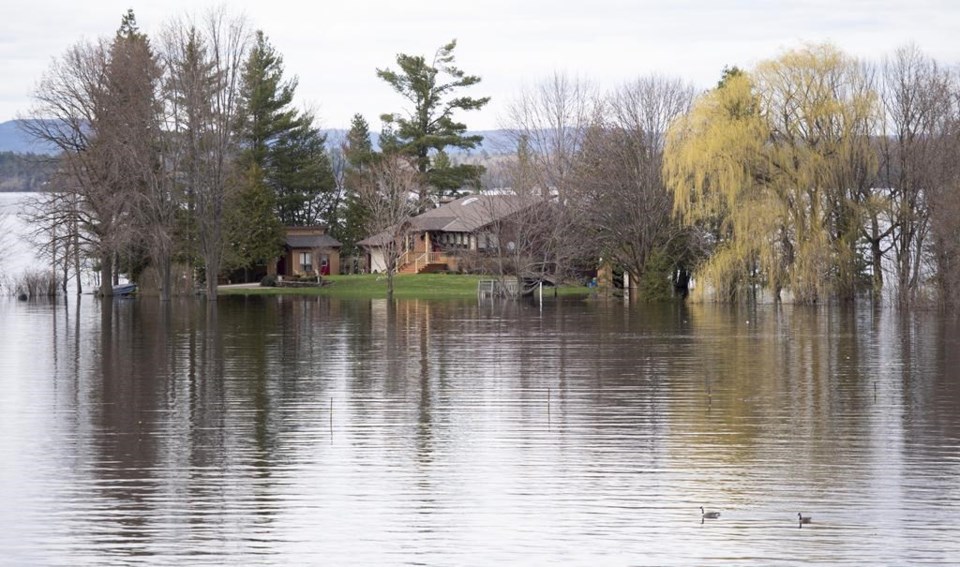TORONTO — Community organizations and municipalities in Ontario could get a piece of $110 million in funding the province has committed over three years for emergency readiness.
A failure to plan is preparing to fail, the government said in the budget released Thursday.
"Our province’s first responders, community organizations, and those who step up during an emergency are the best in the world," Treasury Board President Prabmeet Sarkaria wrote in a statement.
"It’s our job to ensure that they have the tools, training, and funding so they can do what they do best."
The money will partly go toward an emergency management preparedness grant to help community organizations buy equipment for emergencies, and toward a new emergency response fund.
That fund would be for municipalities, First Nations and communities to provide urgent relief in the first 24 to 72 hours after an emergency happens.
The government said funding could be used to mobilize skilled volunteers, deploy co-ordination teams, and provide equipment and financial assistance.
Officials said the money could be used in a wide range of emergencies, including floods, wildfires, drought or extreme heat.
The emergency readiness money is also being put toward expanding an emergency preparedness program that involves readiness exercises.
As well, it includes annual funding for communities with nuclear "roles and responsibilities" to help them protect people in the event of a nuclear incident.
Ontario's auditor general found in an audit last year that the province should improve its emergency responses, including better delineating roles between the Ministry of Natural Resources, the Provincial Emergency Management Office, local governments and communities.
"The Natural Resources Ministry needs to conduct timely and robust risk assessments for hazards it is assigned to manage — forest fires; floods; drought/low water; dam failures; emergencies involving crude oil and natural gas exploration and production, natural gas and hydrocarbon underground storage, and salt solution mining; erosion; and soil and bedrock instability," Bonnie Lysyk wrote in her audit.
"It also needs to implement a formal and disciplined approach to reviewing its performance during actual and simulated emergencies in order to identify lessons learned and take corrective actions to avoid recurring issues in future emergency response efforts."
A derecho that swept through Ontario and Quebec last year was the most expensive extreme weather event for Canada in 2022. It caused $1 billion in damages, according to the Insurance Bureau of Canada.
The City of Ottawa complained that it was taking too long for the province to reimburse the municipality for its recovery costs.
The derecho, a line of intense, fast-moving windstorms, originated around Sarnia, Ont., on May 21 and travelled north to Quebec, causing 11 deaths, damaging buildings and temporarily forcing many people from their homes.
This report by The Canadian Press was first published March 23, 2023.
Allison Jones, The Canadian Press

